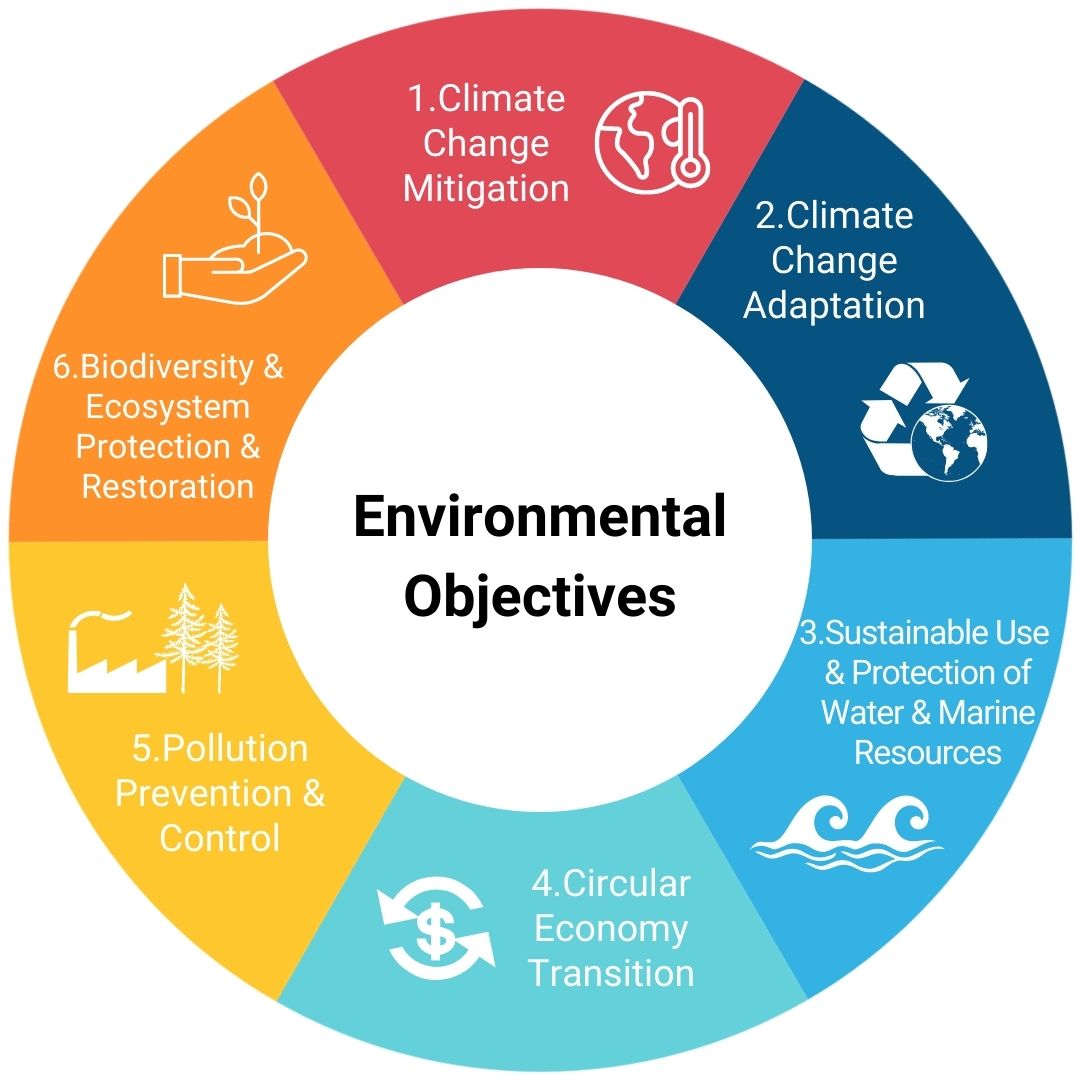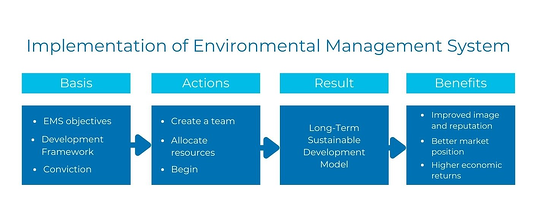Comments
- No comments found

As the world becomes more aware of the environmental impact of human activities, many organizations are setting environmental objectives.
Sustainability reduces costs and can affect operating profits by up to 60%, according to McKinsey & Company.
Following the impact of the covid-19 pandemic, many organizations are promoting sustainability by reducing their carbon footprint.
The following article aims to explore the different ways in which organizations can reach their environmental objectives, with a focus on the use of technology and data-driven decision making.

Environmental objectives are specific, measurable, and time-bound goals that organizations set to reduce their environmental impact and promote sustainability. These objectives can include reducing greenhouse gas emissions, reducing energy consumption, increasing the use of renewable energy, reducing waste, and promoting sustainable practices in the supply chain.
Data-driven decision making is the process of using data to inform and guide decisions. It is critical for organizations to have accurate and up-to-date data on their environmental impact in order to set meaningful environmental objectives and track progress towards achieving them. By collecting and analyzing data on energy consumption, greenhouse gas emissions, waste, and other environmental metrics, organizations can identify areas where they can make the most impact and prioritize their efforts.

One of the most common environmental objectives is to reduce greenhouse gas emissions. To achieve this goal, organizations can invest in renewable energy sources, such as solar or wind power, and implement energy-efficient practices in their operations. Additionally, organizations can use data-driven decision making to identify areas where they can reduce emissions and prioritize their efforts.
Another common environmental objective is to increase the use of renewable energy. Organizations can achieve this goal by investing in renewable energy projects, such as solar or wind farms, and implementing policies to encourage the use of renewable energy. Additionally, organizations can use data-driven decision making to identify areas where they can reduce their reliance on fossil fuels and prioritize their efforts.
Reducing energy consumption is another important environmental objective. Organizations can achieve this goal by implementing energy-efficient practices, such as using LED lighting and energy-efficient equipment. Additionally, organizations can use data-driven decision making to identify areas where they can reduce energy consumption and prioritize their efforts.
Reducing waste is another important environmental objective. Organizations can achieve this goal by implementing recycling and composting programs, and by using data-driven decision making to identify areas where they can reduce waste and prioritize their efforts.
Another common environmental objective is to promote sustainable practices in the supply chain. Organizations can achieve this goal by implementing sustainable sourcing policies, such as sourcing materials from suppliers that have been certified as environmentally friendly, and by using data-driven decision making to identify areas where they can reduce their environmental impact in the supply chain.
Organizations can reach their environmental objectives by using technology and data-driven decision making. By collecting and analyzing data on their environmental impact, organizations can identify areas where they can make the most impact and prioritize their efforts. Additionally, organizations can implement sustainable practices, such as investing in renewable energy, reducing energy consumption, reducing waste, and promoting sustainable practices in the supply chain. With the help of technology and data-driven decision making, organizations can make meaningful progress towards achieving their environmental objectives and promoting sustainability.
Leave your comments
Post comment as a guest